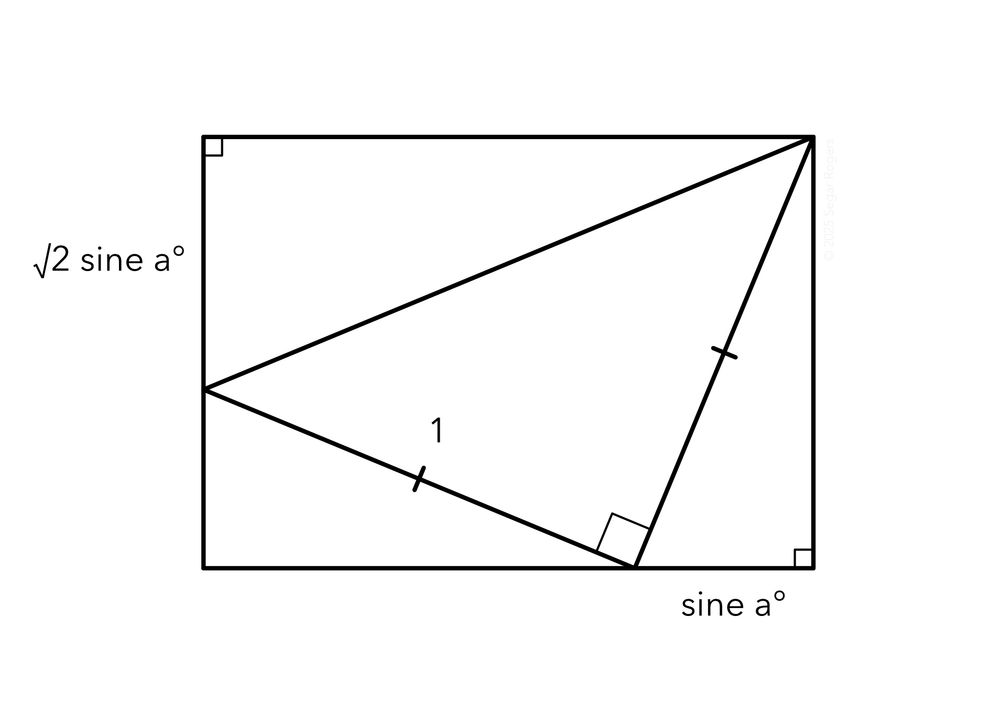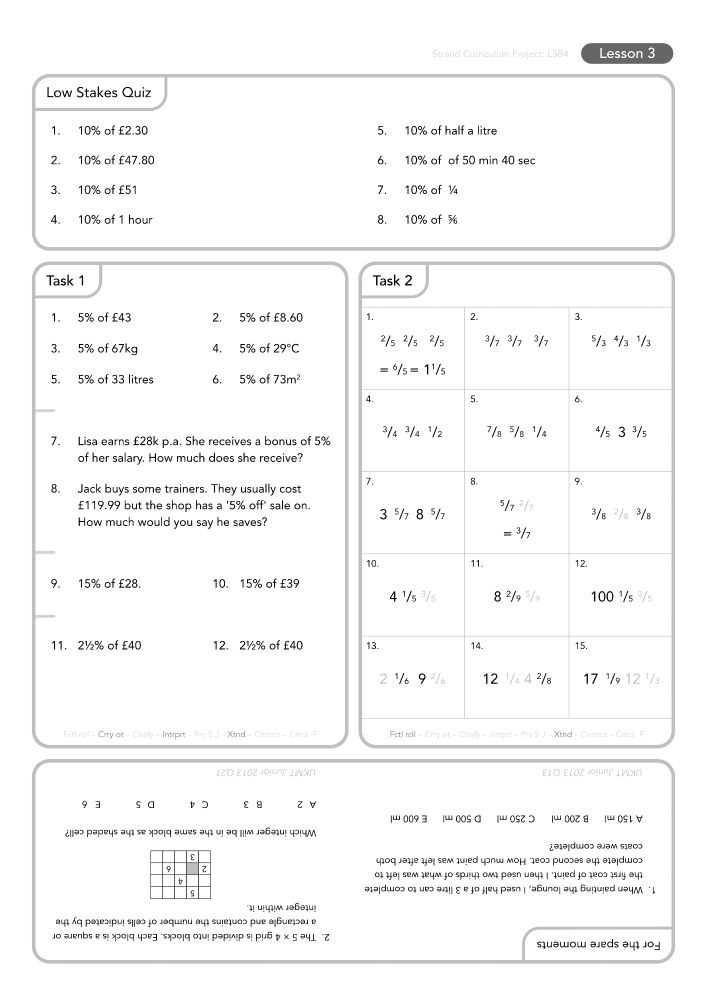Old enough to remember chalk.
Poetry on a Sunday.
#UKMathsChat #iTeachMaths

#UKMathsChat #iTeachMaths
#UKMathsChat #iTeachMaths

#UKMathsChat #iTeachMaths

#UKMathsChat #iTeachMaths


#UKMathsChat #iTeachMaths
Right: Exterior Angle Theorem (Euclid 1–32). Requires corresponding and alternate angles. 1 step. Faster?
Right feels cleaner to me ... I wonder what pupils would think?
#UKMathsChat #iTeachMaths

Right: Exterior Angle Theorem (Euclid 1–32). Requires corresponding and alternate angles. 1 step. Faster?
Right feels cleaner to me ... I wonder what pupils would think?
#UKMathsChat #iTeachMaths
#UKMathsChat #iTeachMath
Historically degrees measured arcs and arcs measured angles. This might feel uncomfortable but remember how we measure an angle today … with a protractor … measuring around an arc.
1/6

#UKMathsChat #iTeachMath
Historically degrees measured arcs and arcs measured angles. This might feel uncomfortable but remember how we measure an angle today … with a protractor … measuring around an arc.
1/6
#UKMathsChat

#UKMathsChat

#UKMathsChat #iTeachMaths

#UKMathsChat #iTeachMaths

More an exercise in (trigonometry) language fluency than anything else. i.e. do you know how to interpret the terminology to be able to do it in your head.
@davidkbutler.bsky.social
#UKMathsChat #iTeachMaths

More an exercise in (trigonometry) language fluency than anything else. i.e. do you know how to interpret the terminology to be able to do it in your head.
@davidkbutler.bsky.social
#UKMathsChat #iTeachMaths










